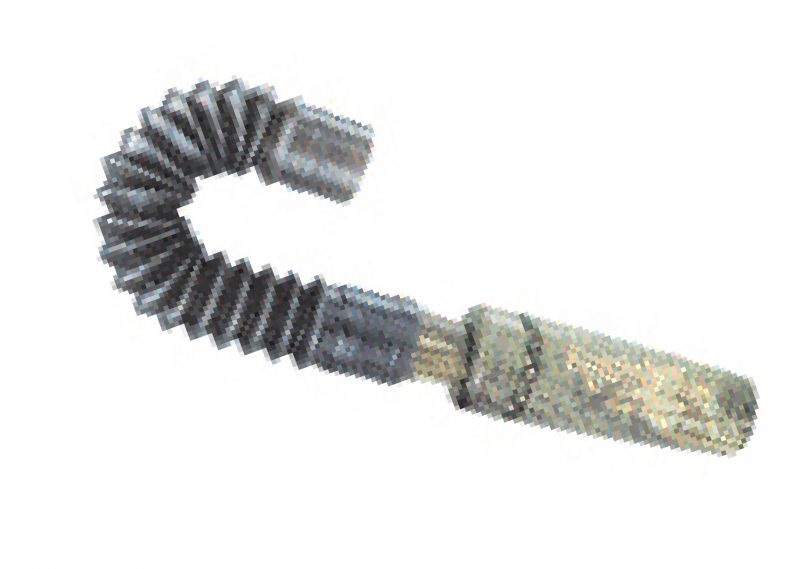Features:
- Mossy Oak™ Break-Up™ pattern
- Inhale-exhale operation
- Extend-a-Tone™ hose
- Lanyard for hands-free use
A deer call is a plastic tube, roughly the diameter of a deer’s windpipe, that bow hunters use to imitate sounds that bucks find alluring. The whinnies of a doe in estrus, the hyperventilating bugles of a rival mate, or the bleats of a fawn in distress (indicating that its mother might be nearby) are all virtually guaranteed to lure a buck into shooting range. By sliding a plastic o-ring over a tapering reed inside the tube, you can control the pitch of the grunts, from guttural bellows at the wide lower end to shrill braying at the narrower top. The bendable Extend-a-Tone accordion hose attachment lets you add subtlety, volume, and resonance to your calls. Knight & Hale’s EZ-Grunt-Er Plus features a neck lanyard as well as the patented Mossy Oak Break-Up pattern—an overlay of branches, bark, and leaves—to ensure the deer won’t be able to spot you.
All of these components help camouflage your presence in the woods, but to bag a buck with a bow and arrow you also need perfect aim and the mind-set of a lusty whitetail deer. This oneness of hunter and prey is what sets bow hunting apart from rifle hunting: bow hunters typically need to be within thirty feet of a deer to make a kill, whereas rifle hunters can score from a much greater distance—and therefore have greater allowance for noise, smells, and motion. As you’re planning your shot to the vitals, you’re also adjusting your scent, appearance, and sounds accordingly.
I first used a deer call, also called a grunt tube, in the autumn of 2004, which I spent learning to bow hunt in the Maine woods. Sam, my companion, was twenty-eight and so passionate about whitetail deer that each Christmas he staged a nativity scene in the snow white fur of an inside-out buck scrotum. As I quickly learned, a typical hunting day goes something like this: You rise at 4 a.m. and shower with dirt-scent shampoo, pull on Scent-Lok camo coveralls (lined in carbon to mask human smells), smear on face paint, and spritz yourself with a perfume of whitetail doe urine. You tiptoe through the woods, scramble up a tree, and keep watch until sunrise, listening to the forest awaken while drifting in and out of sleep. At each crack of a twig, each change in the shadows, you tense, one hand on your bow and quiver, and the other on your grunt tube, ready to conjure a lovesick doe or a frightened fawn with nothing more than the power of your own breath.
To use a grunt tube effectively, you have to understand which calls will attract bucks at different points in the season, from sparring calls in the pre-rut to mating sounds a few weeks later. Though the excitement of having a twelve-point buck in your midst can bring on the urge to bellow into the tube, the trick is to blow lightly but evenly, producing a sound that’s low-pitched yet throaty. You also have to time your grunts to the mood of the forest, calling about once every fifteen to twenty minutes.
To make a “breeding bellow”—a combination of estrus bleats topped off with a guttural moan that does use to indicate their readiness to mate—blow loudly two to four times. For a “rage ’n’ grunt,” the sound a frustrated buck makes when a doe is playing hard to get, repeat seven to fifteen soft grunts. An all-purpose “be ginner’s” call is the “doe bleat,” which a doe uses to communicate with her fawns. It begins low, rises in pitch, and descends in an ooh-waahh-ooh pattern. You can also alternate doe bleats with fawn-in-distress bleats to spin a little plot into your calls.





